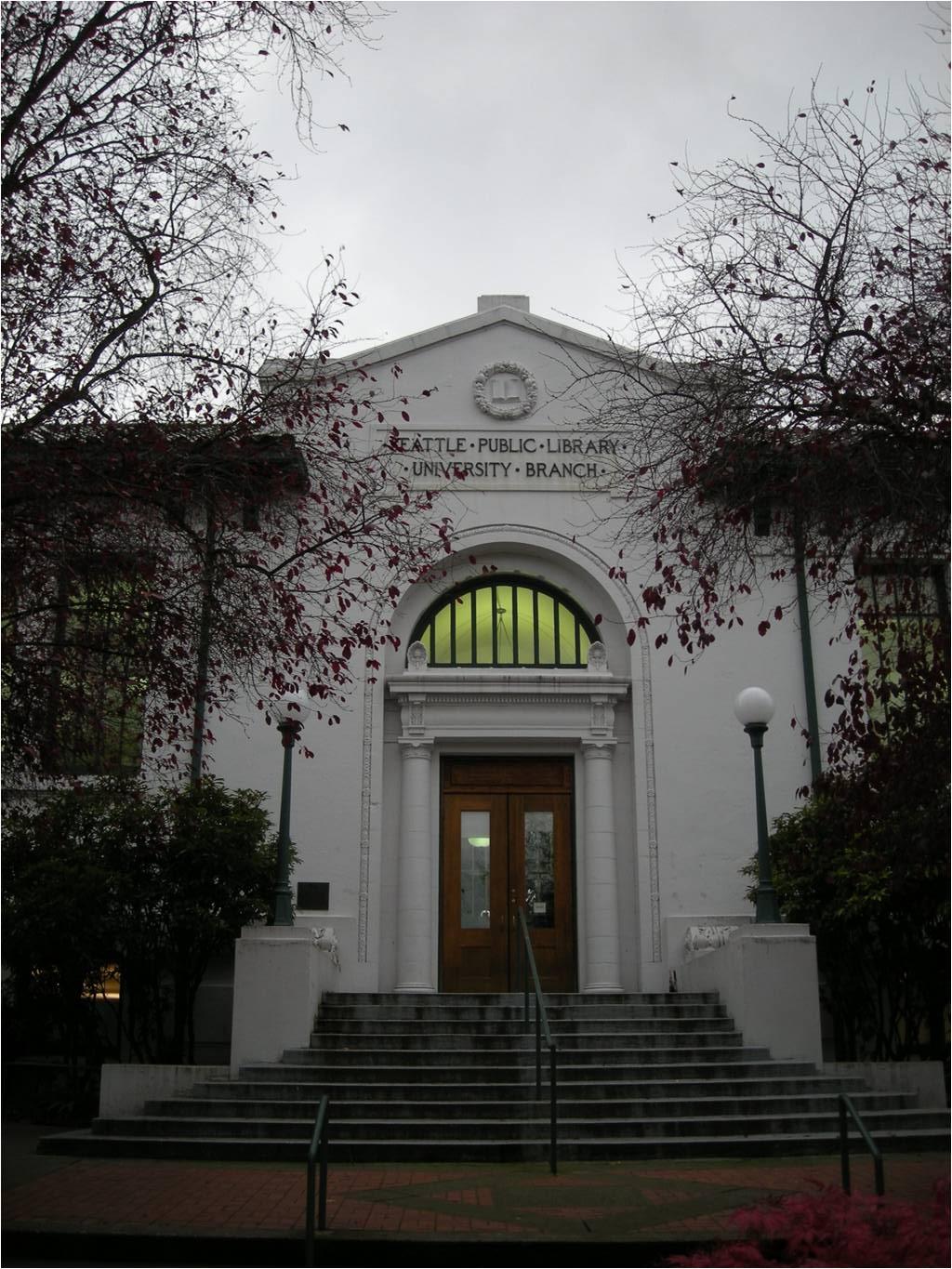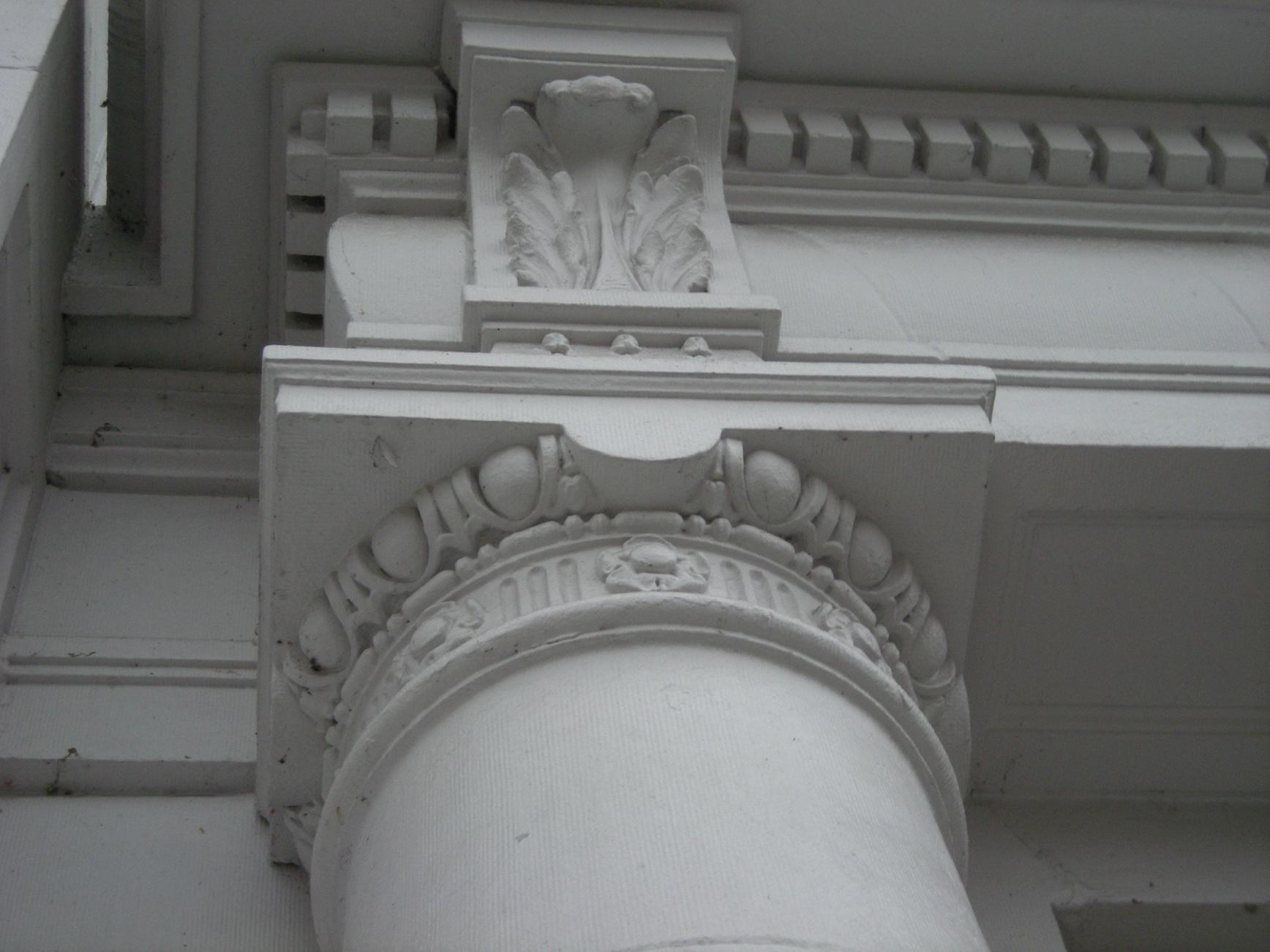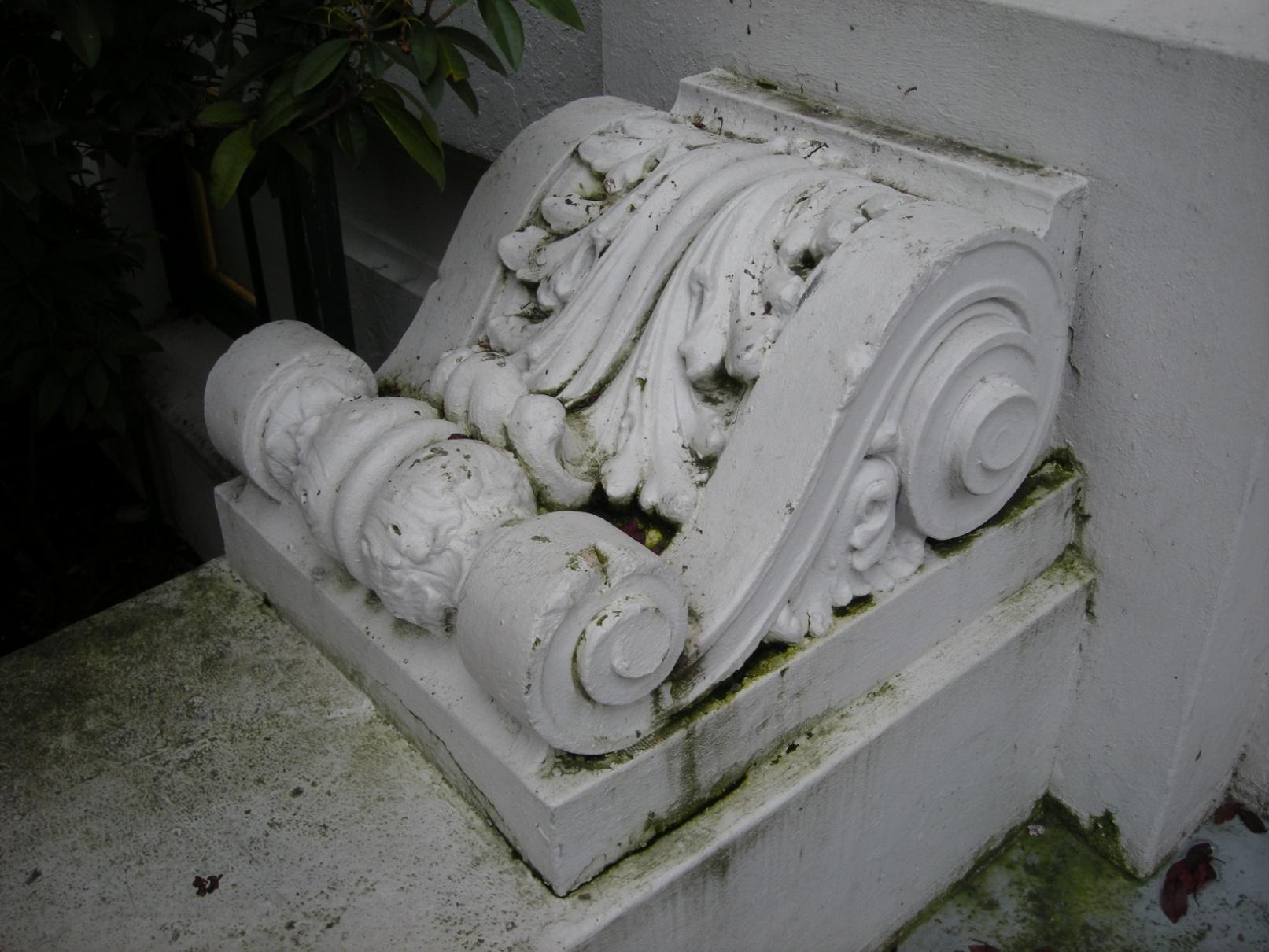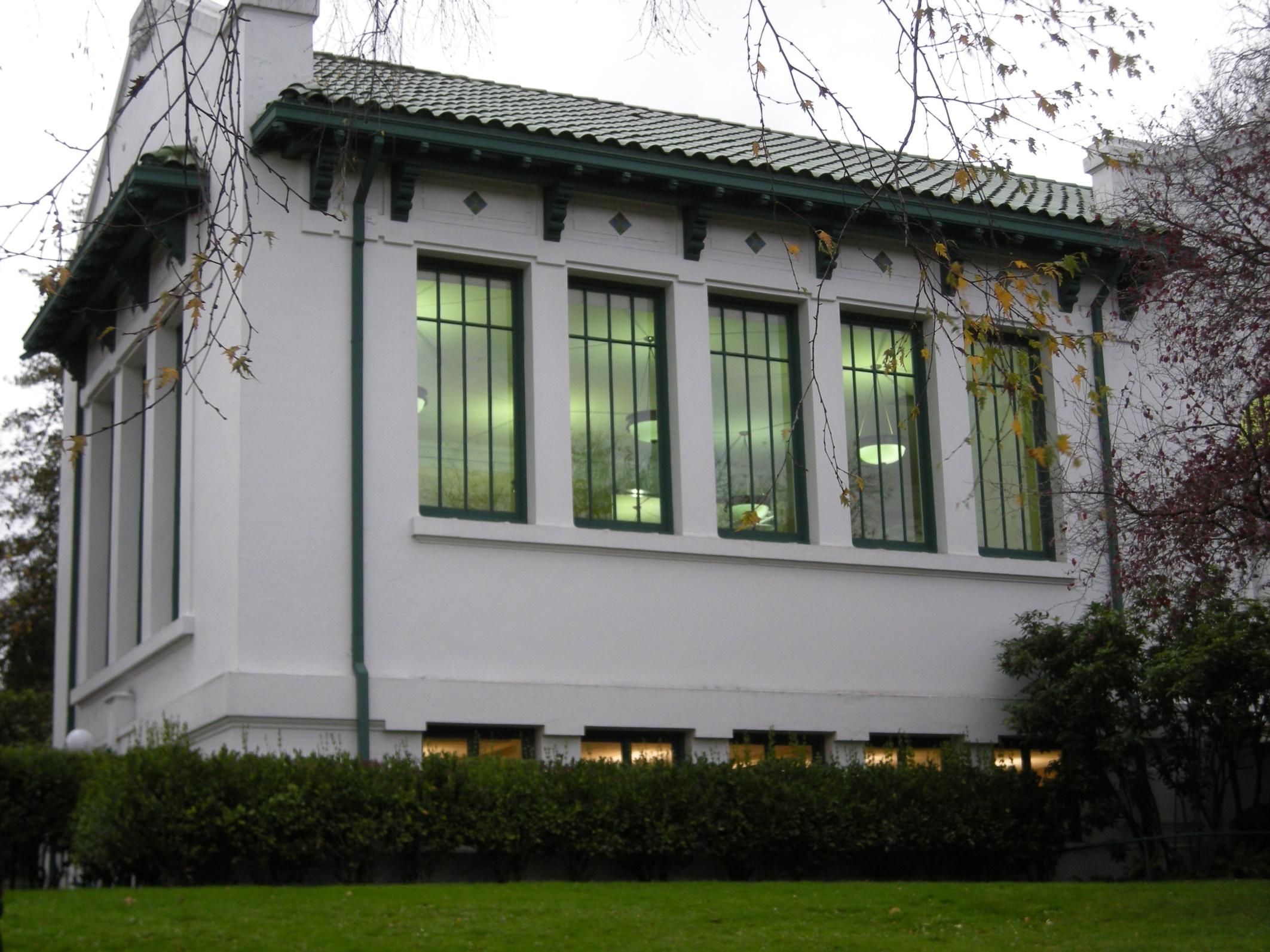General information about the Green Lake Branch of the Seattle Public Library
The Seattle Public Library is the system of libraries that were established in Seattle for public use since 1890. The Green Lake Branch is one of the libraries built in the Mission style of architecture. Before speaking about the Green Lake Branch we should admit that the branch was established in 1905. It is not a matter of accident that the building is performed in the Mission style. The thing is that the style was highly popular during the period from the end of the nineteenth century to 1915. That is why the library represents some elements of Mission style.
Elements of previous epochs architecture in the building of the Green Lake Branch
It is not a secret that contemporary architecture as well as the architecture of other epochs applies the elements which were popular in this or that period of human history. The Green Lake Branch is not an exception to the rule. Although the Mission style of the early years of the twentieth century meant some asceticism, its building represents some elements of the previous trends.
Let us have a closer look at it. On the one hand, taking into account the entrance and front door of the library we should admit that the building is very close to the churches which are very important detail of the Mission style.
What we could see in the picture is the massive front wall. Still, two columns hint that elements of other styles, Ancient Greek, Romanism, etc, are used in the building of the Green Lake Branch. Another element that makes us think that the Green Lake Branch is performed in the Mission style is the smooth stucco of the front wall. The arch over the door is also an element of the Mission style. Still, we cannot but admit that the library is not a pure building that is created in the Mission style.

Let us have a look at the column of the front door of the library.
It is obvious that the column is very close to the ones which were highly popular in Ancient Greece. The one under consideration is similar to the upper element of the Dorian column, the Dorian capital. The only element which hints that the column is built according to the principles of the Mission styles is the fact that the whole column is smoothed with stucco, as well as the front wall.

Another element that makes us think that the Green Lake Branch is not just a sample of the Mission style is the railing with raised stucco work:

If we look closer at the element, we would see the things which were used primarily in the architecture of Ancient Greece and Europe during the period of Romanism. In other words, we can see curved and smooth elements, lots of ornaments with leaves, etc.
Green Lake Branch of the Seattle Public Library: design as the combination of architectural styles
Speaking about the whole impression about the Green Lake Branch of the Seattle Public Library we could not but notice the similarities of the building with the Parthenon. Of course, the similarity is rather relative.

Still, if we take a detached view at the library we may notice that the building has a rectangular scheme as well as the Parthenon. As well as the Parthenon the library has columns, although their shape was changed into the vertical segments between windows. That is why the Green Lake Branch of the Seattle Public Library produces the impression of the Parthenon. Nevertheless, it can be just a personal impression.
Speaking about the Seattle Public Library and its Green Lake Branch we should admit that in spite of the fact that its building includes elements of the previous architectural epochs, the library is not devoid of harmony. Moreover, the library has its own unique design which reflects the aesthetic approach and aim of the building. Knowledge, science, philosophy are phenomena that are associated with Ancient Greece. Perhaps, the architect was guided exactly by this aspect choosing the architectural design of the library. “Design is the apt placement of things and the elegant effect obtained by their arrangement according to the nature of work” (Vitruvius 24). It is doubtless, that all elements are chosen aptly. On the one hand, the architect chose the Mission style as the basis for the building taking into account its nature. The essence of any library is to have access to different books and have an opportunity to read them in quiet. That is why the Mission style with its purity, dignity, and asceticism was a perfect choice. On the other hand, the architect applied various elements which helped him create the library which represented and hinted at some basic principles of the Ancient World. Do not forget that the elements which were used in the Green Lake Branch of the Seattle Public Library were popular during the classic period of Ancient Greece. Here is the logic chain: classical literature, classical science, and classical architecture. In other words, the word “classical” emphasizes dignity and reliability of knowledge, which is highly necessary from the point of view of the library. However, in spite of the combination of the elements of different architectural styles, the Green Lake Branch of the Seattle Public Library did not lose elegance and uniqueness. On the contrary, it only highlighted its essence and connection with knowledge.
Work Cited
Vitruvius. Vitruvius: Ten Books on Architecture. Trans. Ingrid D. Rowland, and Thomas Noble Howe. Cambridge: Cambridge University Press, 2001. Print.